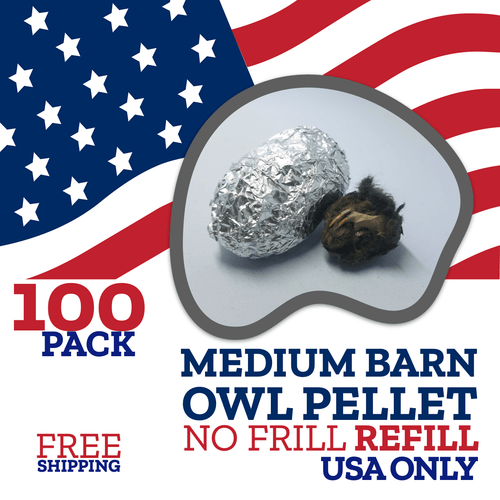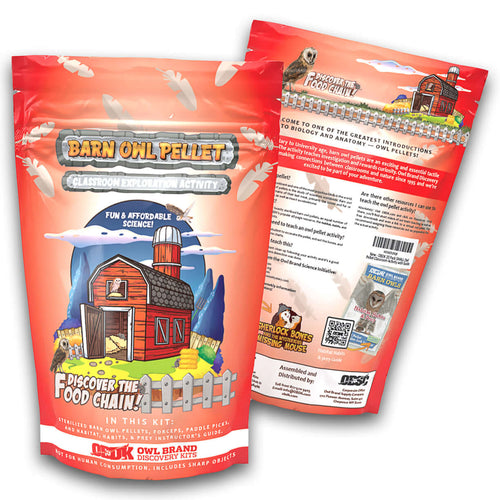Let’s check out another vulture species today: the King Vulture!
These vultures stand out from other vultures we’ve gone over (the Turkey Vulture and the Black Vulture) because of their brightly colored heads. Their bodies are mostly white, but they have black on their tails and the tips of their wings. Their heads, however, are a different story and have yellow, orange, red, and even blue coloring.1&2
On their faces, they have a wattle that is called a caruncle. Biologists aren’t sure what purpose it has, if any, but both female and male king vultures have it. These vultures also don’t have eyelashes, which is unusual compared to other vultures in the New World category.3
These birds can be found from Mexico to Argentina.1 Within these regions, they live in tropical forest habitats. They aren’t made for the cold. King Vultures are very large, reaching sizes up to 2.5 feet and weighing 8 pounds – which makes them one of the largest vultures.2
When these vultures find food, they’ll wait for another scavenger to cut open the animal. They won’t do it themselves. Although once the animal is open and ready to eat, King Vultures will have dominance over the other scavengers that arrive.2 By eating carrion, scavengers help stop the spread of disease in an environment.1
Overall, these vultures are considered to be of Least Concern.1
Learning never stops – check out all we have to offer on our website:
Hands-On Activities:
Pellet Dissection – Dissect an owl pellet and learn all about the skeletal structure of its prey, plus about the habits of owls!
Try it: Sherlock Bones pellet pack with guide! This guide will give you extra information to learn about owls and their pellets and will take you through the dissection step by step!
Dissect It! Kits – Go further and learn about the anatomy of several different animals without using a real animal. These kits teach children about dissection and are made of a one-of-a-kind gel that gives a realistic feel. Plus with extra gel packs, the activity can be done more than once!
Try it: Get a frog, piranha, bat, or salamander – or save when you buy all four!
Madd Capp Puzzles – Whether you have a beginner puzzler or an expert, we have a puzzle for you! Our puzzles come in the shapes of different animals and range in difficulty. Each comes with a poster and a list of fun facts so you can learn as you put each puzzle together.
Try it: For beginners, try our 100-piece fox puzzle. For intermediates, check out our 300-piece lion puzzle. For experts, try our 1,000-piece grizzly puzzle.
Visual Activities:
Online Sherlock Bones Pellet Dissection – Try your hand at dissecting pellets virtually with Sherlock Bones and Sir Whetson to guide you through.
Try it: Check out sherlockbonesmystery.com
DVD Collection – Our collection includes DVDs on birds and wolves!
Try it: Check out The Great Wolf Divide!
Posters – Need a visual aid for your classroom? Our collection of posters has you covered. We cover a wide range of animals, including pellet dissection and several species of owls and wolves.
Try it: Check out our Barn Owl and Owl Pellet poster pack.
Kidwings Explores Videos – Intended to work alongside any classroom studying food chains and webs. We have videos on how owls hunt, their homes, and what they eat.
Try it: Explore our video collection!
|
|





